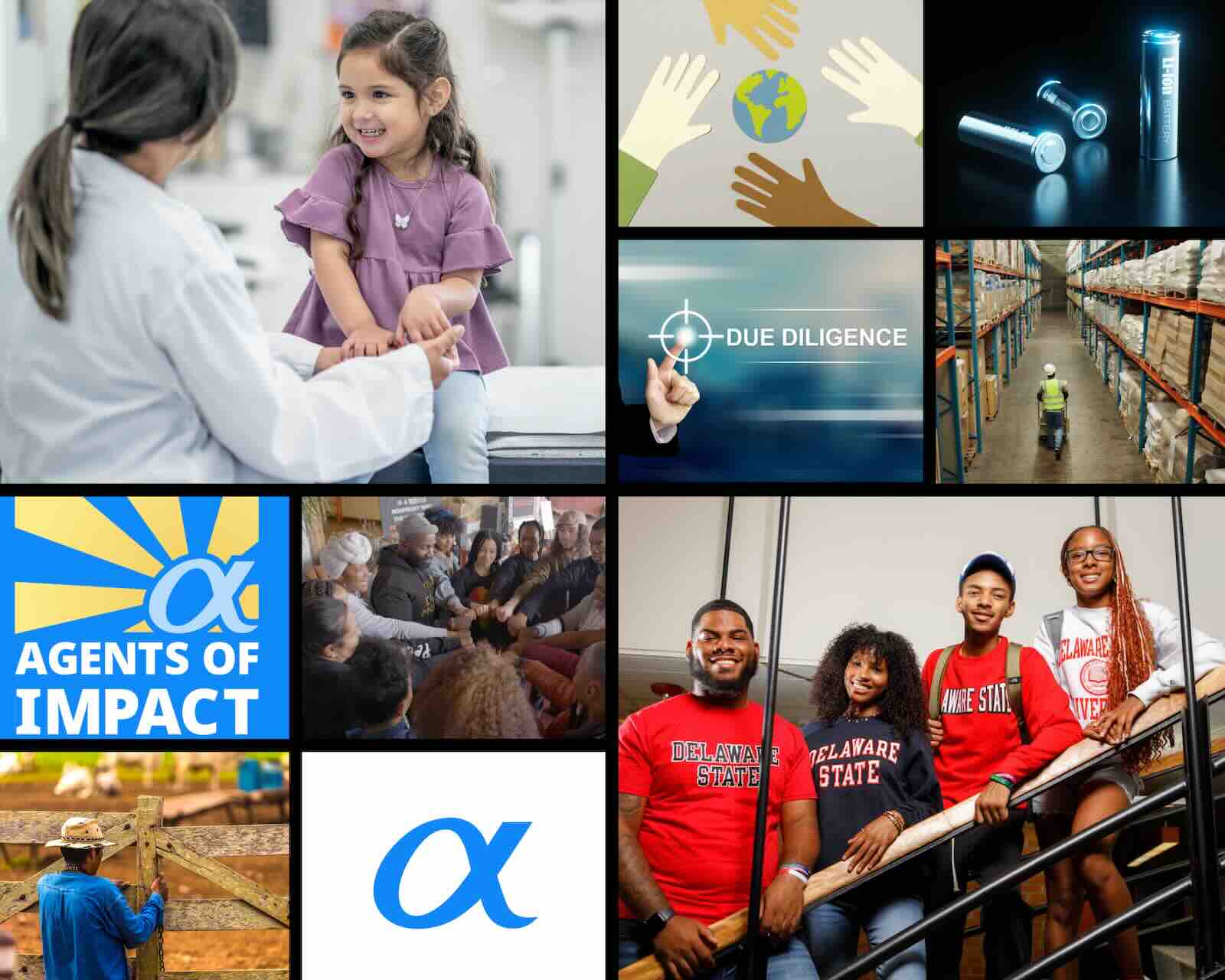Over my 20-plus years as a professional working on economic development, development finance, and impact investing, as both an investor and an advisor, I have engaged with solutions aimed at contributing to numerous global challenges, including poverty, climate change, and inequality.
Despite great efforts springing across sectors and communities, the size and variety of these challenges remains overwhelming, especially as the latest United Nations estimates suggest that it will cost between $5 and $7 trillion per year to achieve the Sustainable Development Goals (SDGs) by 2030.
For years we have sought ways to achieve the SDGs and fully engage private actors — corporations, investors, and philanthropists — in closing the financing gaps. Too often, however, approaches such as blended finance and impact investment are debated rather than scaled, remaining up to 200 times smaller than traditional approaches to finance and investment.
In my recently published book, Scaling Impact: Finance and Investment for a Better World, I argue that undertaking six paradigm shifts in existing approaches to providing finance and investment can help us achieve our shared global development goals. These shifts would lead to a reimagined financial system that is both more inclusive and more accountable to all by moving away from extractive, short-term practices that place shareholders first and toward a system that values the role of all stakeholders — workers, communities, and the physical environment.
The six strategic paradigm shifts explored in Scaling Impact call on various actors to change their traditional practices to realize this shared vision for improving finance practices to achieve a better world.
- Seek financial health (not financial access). Commercial banks, fintechs, and other providers of financial services to individual consumers must shift from creating access to improving financial outcomes. To be successful, finance must be considered holistically, by offering nonfinancial services bundled with credit or insurance, by listening to consumers to understand their real needs, and by measuring performance from the consumer’s perspective.
- Provide patient capital (not venture capital). Venture capitalists must shift away from a model predicated on exponential growth and move toward a more patient approach that focuses on the true financing needs of the widely diverse range of small and growing businesses they wish to support.
Many small and growing businesses (SGBs) across the globe struggle to access financing. They are often stuck squarely in the “missing middle” of enterprise finance: too big for microfinance, too small or risky for traditional bank lending, or lacking the growth, return, and exit potential sought by venture capitalists. A more patient model would better serve this multiplicity of SGB needs.
- Be an impact-first investor (not ESG). Large-scale public and private market investors should shift away from doing the minimum, using a financial-return-first ESG investing approach, and move toward more intentional, impact-first methods with real measurement and accountability standards. Financial-return-first ESG investing is insufficient to realize the broad system changes that can help achieve Sustainable Development Goals.
A better approach for large-scale private and public market investors is to provide intentional, impact-driven financing that includes measurement and accountability regarding financial, social, and environmental benefits and that prioritizes those benefits as long as financial returns are positive.
- Offer catalytic finance (not just blended finance). Development finance institutions (DFIs) must shift away from acting like risk-averse investment banks and move instead toward providing more risk-tolerant catalytic financing that can blend with traditional return-seeking sources of finance and accelerate achievement of development goals.
The central role of development finance institutions is to push markets to areas experiencing true market failure and lacking adequate finance. Deploying risk-tolerant catalytic capital along with traditional, return-seeking sources of finance can help crowd in and scale financing for development goals.
- Measure success based on results (not activities). Donors and philanthropists must shift away from funding models that focus on activity completion and move toward using innovative finance tools that pay for results. Innovative, results-based practices are commonly misunderstood and underutilized tools in all areas of finance and investment.
A more results-centered approach is needed, particularly in government- and donor-funded social programs, to align incentives and scale up financing for successful programs.
- Provide capacity building (not just capital). Capital providers of all types must shift away from providing capital alone and toward combining finance with customized support to enterprises to ensure these enterprises realize their full impact potential.
Customized support to entrepreneurs and/or enterprise leadership teams can play a critical role in this process. Various types of capacity-building services and various delivery models should be considered to ensure that entrepreneurs transform this nonfinancial support into increased growth and performance.
In Scaling Impact, I explore these paradigm shifts in detail, with specific examples of how we can start to make the changes necessary to take advantage of capitalism’s strengths. By intentionally making impact the goal of our practices in providing finance and investment, we can help keep the climate bearable for everyone, solve poverty for hundreds of millions of people, and ensure that all people everywhere lead lives of dignity and opportunity. I hope you will pick up the book and that it inspires you to join me in the endeavor to scale impact and make finance and investment work for a better world.
Kusi Hornberger is a partner at Dalberg Global Development Advisors and author of the book, Scaling Impact: Finance and Investment for a Better World (find out more by visiting: www.scalingimpact.co ).












